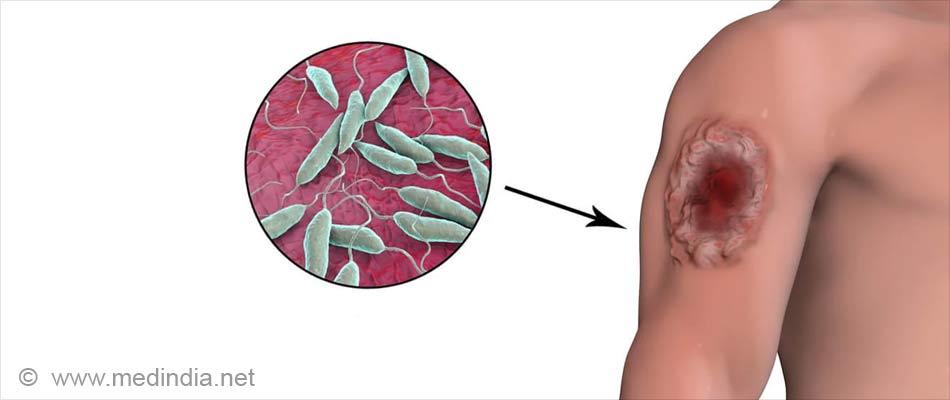- Cecil Medicine, 23rd Ed.
- Harrison's PRINCIPLES OF INTERNAL MEDICINE, 17TH Edition
About
Leishmaniasis refers to the spectrum of infectious disease produced by species of the Leishmania parasite. Also known as Kala-azar (pronounced kâlâ âzâr in Hindi and means for black fever, kâlâ meaning black and âzâr meaning fever or disease).
Also known as - Kala-azar, Dum-Dum Fever, white leprosy
The parasites spread by the bite of infected sandflies (phlebotomine sandflies). This parasitic disease is rampant in parts of the tropics, subtropics, and southern Europe. Leishmaniasis is described as a poverty-related disease by the WHO. Leishmaniasis occurs in different forms in people. The most common ones are:
- Cutaneous leishmaniasis
- Visceral leishmaniasis
- Mucosal leishmaniasis

Geographical Distribution
WHO states that leishmaniasis occurs in four continents. It is considered to be endemic in 88 countries and this includes 72 developing countries:
- 90% of all visceral leishmaniasis cases occur in Bangladesh, Brazil, India, Nepal and Sudan
- 90% of mucocutaneous leishmaniasis occurs in Bolivia, Brazil and Peru
- 90% of cutaneous leishmaniasis cases occur in Afghanistan, Brazil, Iran, Peru, Saudi Arabia and Syria
A large number of cases of visceral leishmaniasis are reported from Bihar. The north-eastern India harbours leishmaniasis.
History of the Disease
Leishmaniasis besides being called Kala-zar by Indian physisicans has also been called "valley sickness", "Andean sickness", or "white leprosy" by the Spanish and finds mention in the 15th - 16th century texts from the Inca period. Many have been credited to its discovery and its first description, some credit it to Surgeon Major Cunningham of the British Indian army in 1885, however it was Peter Borovsky (Russian military surgeon working in Tashkent) who first described and published about it in a Russian Medical Journal in 1898 and mentioned the protozoa. This publication went unnoticed and it was in 1901 in Dum Dum area of Calcutta, India that a British doctor Leishman identified the protozoa after taking smears from the spleen of a patient who died due to "dum-dum fever." Soon after this Captain Charles Donovan in Madras confirmed Leishman’s findings and Leishman-Donovan bodies seen under the microscope became the diagnostic criteria for the diagnosis of the disease. During second world war this disease became a major problem in Sicily for the troops and further research helped discover the medicine Pentostam to help with treatment of the disease. So far no preventive measures such as vaccines are available.







